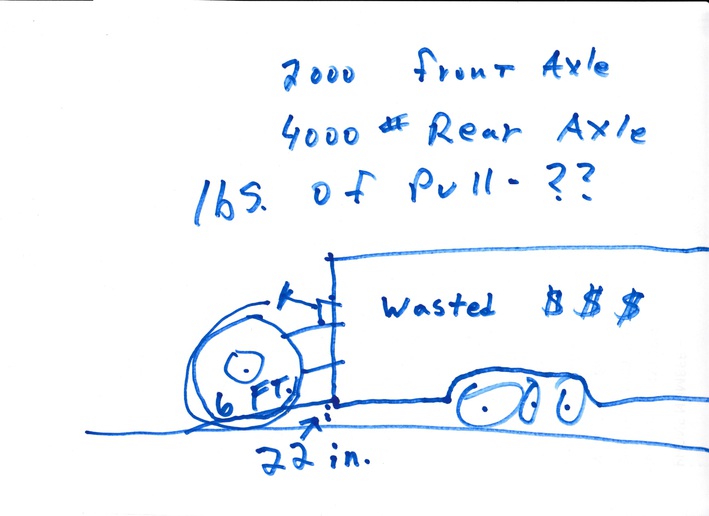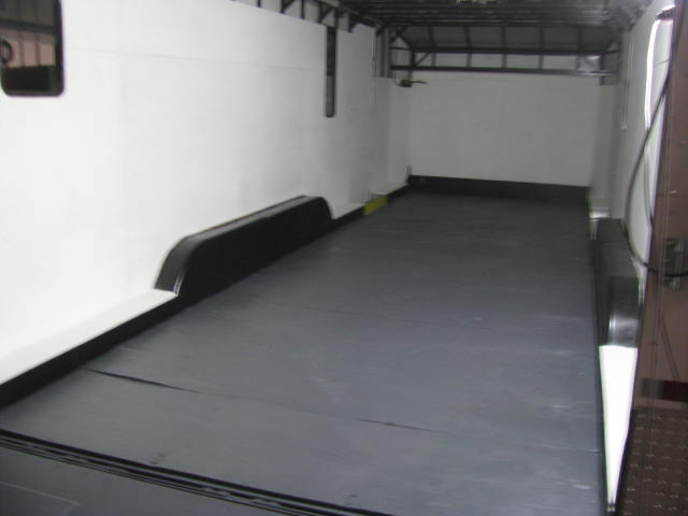big tee
Well-known Member
I am not a math man-or an artist-How many lbs. of pull will it take to pull the tractor the rest of the way into the trailer figuring the rear wheels on the ground and the front end is in the trailer? I can't drive it in for there is only two ins. of clearance between the steering wheel and the trailer ceiling. Is there a formula to figure this out? In other words--how big of a winch do I need?--THANKS---Tee

Six ft. ramp--22 ins of lift 4000 rear axle weight= lbs. of pull????

Six ft. ramp--22 ins of lift 4000 rear axle weight= lbs. of pull????


